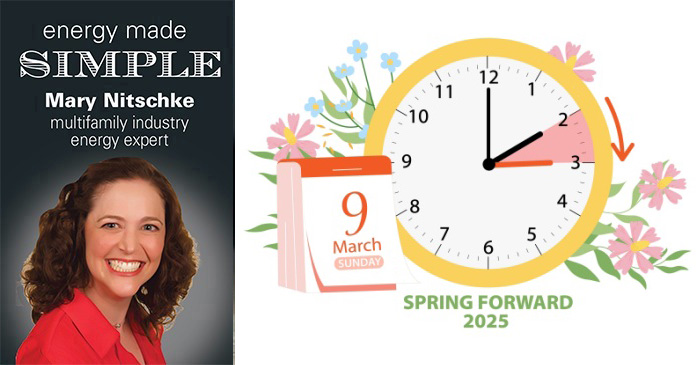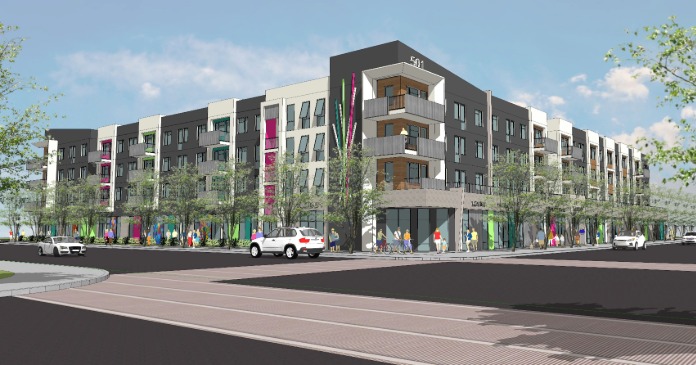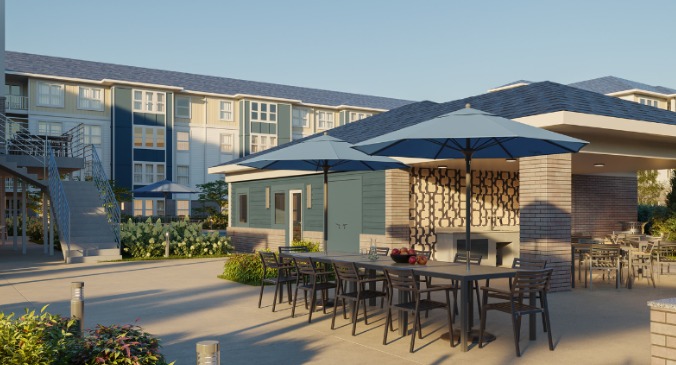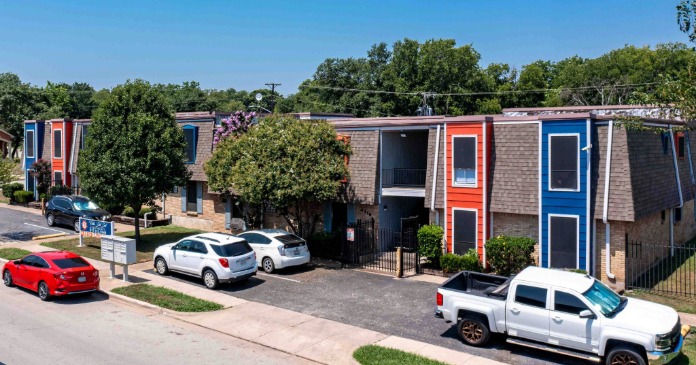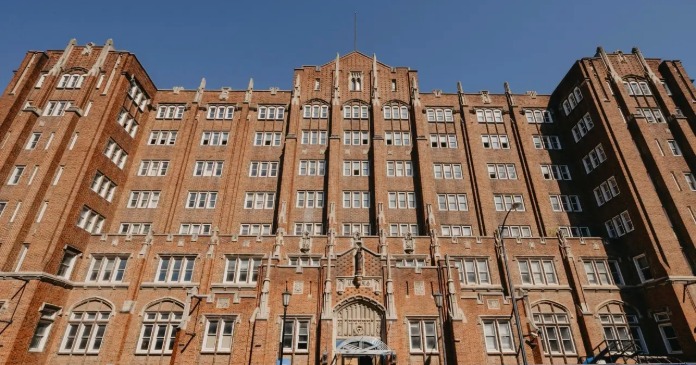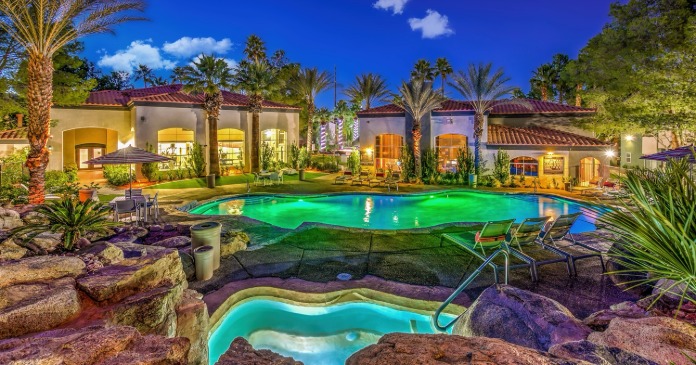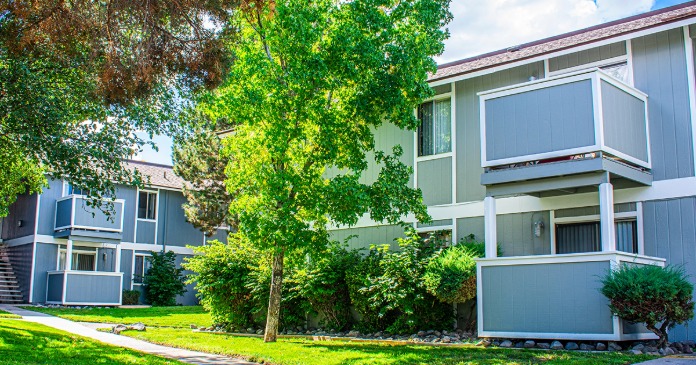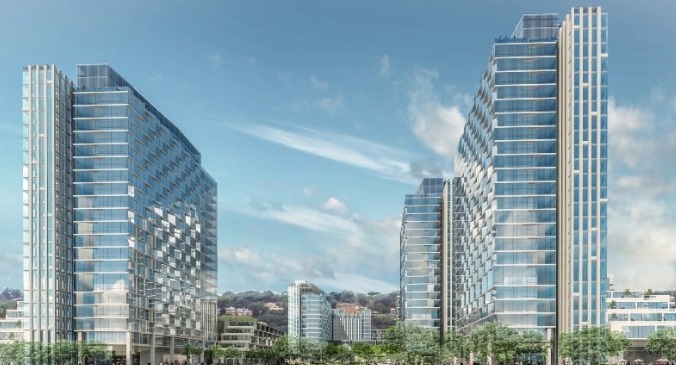When I was in California, I had a famous quote by Albert Einstein on a sign by my door: “Energy cannot be created or destroyed.”
And underneath it in wiggly handwriting I wrote “But it can be wasted.”
In the spirit of the law of conservation and my ancillary rule, let us talk about daylight savings time.
Debate has gone on and on if the US should eliminate the practice, first implemented in 1918, of daylight savings time, which rolls clocks forward an hour every spring and back an hour every fall. One of the primary arguments in its favor has always been energy savings with respect to lighting. You do not need as much (or any) electric light during the day. The idea was simple: there would be more sunlight available during people’s working hours, and less electricity used.
While the original premise seems logical, the energy savings associated with DST are far from straightforward. Studies have produced mixed results, revealing a complex interplay of factors:
- Heating and cooling use more energy than lighting: While springing your clocks forward might reduce lighting consumption in the evening, it can also increase energy use in the morning. People up earlier might turn on heating systems during the time that they would normally be sleeping, offsetting any lighting savings.
- Consumption patterns have changed since 1918: With the proliferation of electronics, longer working hours, and 24/7 access to entertainment, lighting is no longer the dominant factor in household energy use.
- Behavior patterns have changed since 1918: There was a greater focus on being outdoors over a hundred years ago. The agricultural industry was a larger portion of the economy at 15.5% versus today at 0.9% and roughly 37% of the population was involved in agriculture compared to today at 1.1%. Although difficult to quantify, people were outside more, so the value of daylight was higher. Today, people spend 90% of their lives indoors. This means more electricity for lighting, conditioning space, and entertainment, making the ‘blip’ of energy savings produced by daylight saving time minimal.
Energy cannot be created or destroyed, but it can be wasted.
With respect to outdoor lighting, this is the time of year when I see the most energy wasted. People forget to adjust their lighting timers; if we focus on our practice of looking up when we step onto a property and at 5(Ish) when we depart, we can ensure that whatever fragment of opportunity to save energy is not wasted on human error (forgetting to adjust the clocks in our timers).
What Can We Do?
If we really want to focus on principles of reducing energy, I propose that this is where we start:
- Switch to energy-efficient LED lighting.
- Use smart thermostats to optimize heating and cooling.
- Unplug electronics when not in use.
- Embrace natural light whenever possible. (Open our blinds.)
- Use natural cooling. (Open windows in the morning to precool spaces for the afternoon.)
- Be aware of your energy consumption habits. (You cannot manage what you do not measure.)
Some people enjoy the daylight later in the day and some people hate it because it means it’s dark outside when they get up. Whatever your stance and belief in the practice of daylight savings time, do not forget to look up.


